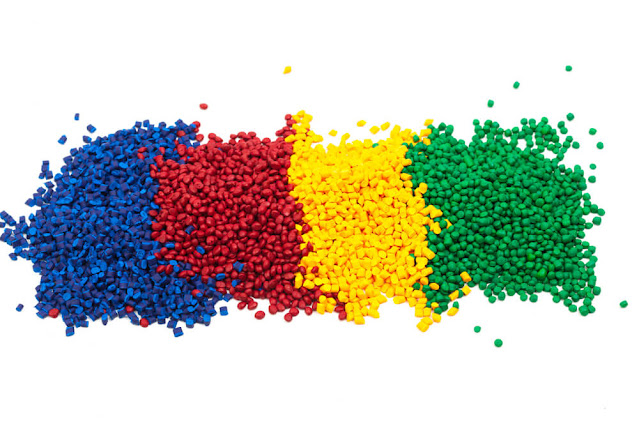 |
| Commodity Plastic |
Commodity plastic, a
term referring to common, widely-used plastics, finds its way into numerous
facets of modern life due to its versatility and affordability. Let's delve
into some of the key uses and applications of commodity plastic across various
industries.
- Packaging Industry:
Commodity plastic plays a pivotal role in the packaging industry, where it
is utilized to create containers, bottles, films, and wraps for storing
and transporting goods. Its lightweight nature, durability, and
cost-effectiveness make it an ideal choice for packaging a wide range of
products, from food and beverages to consumer goods and pharmaceuticals.
- Automotive Sector:
In the automotive sector, commodity plastic is extensively used in
interior and exterior components, such as dashboards, door panels,
bumpers, and trim. Its ability to be molded into complex shapes,
resistance to impact and corrosion, and lightweight properties contribute
to its popularity in vehicle manufacturing, where it helps improve fuel
efficiency and reduce overall vehicle weight.
- Construction and Building Materials:
Commodity
Plastic finds applications in the construction industry for
various building materials, including pipes, fittings, insulation, and
siding. Its versatility, durability, and resistance to moisture,
chemicals, and corrosion make it suitable for both interior and exterior
construction projects, contributing to the longevity and sustainability of
structures.
- Consumer Goods:
From household appliances and electronics to toys and furniture, commodity
plastic is ubiquitous in the production of consumer goods. Its
moldability, affordability, and wide range of available colors and
textures make it a popular choice for manufacturers seeking to create
functional and aesthetically pleasing products for everyday use.
- Medical and Healthcare Products:
In the medical and healthcare sectors, commodity plastic is used to
manufacture a variety of products, including medical devices, equipment
components, packaging for pharmaceuticals, and disposable supplies such as
syringes and IV bags. Its biocompatibility, sterilizability, and ability
to meet stringent regulatory requirements make it indispensable in
healthcare settings, where safety and hygiene are paramount.
- Electronics and Electrical
Components: Commodity plastic is also
prevalent in the electronics industry, where it is used to produce
casings, housings, connectors, and insulation for electrical and
electronic devices. Its electrical insulation properties, heat resistance,
and ability to withstand harsh environmental conditions make it an
essential material for protecting and housing sensitive electronic
components.
Commodity plastic
serves as a versatile and indispensable material across a wide range of industries,
contributing to the functionality, durability, and affordability of countless
products and applications. From packaging and automotive components to
construction materials and medical devices, its widespread use underscores its
importance in modern manufacturing and everyday life.
